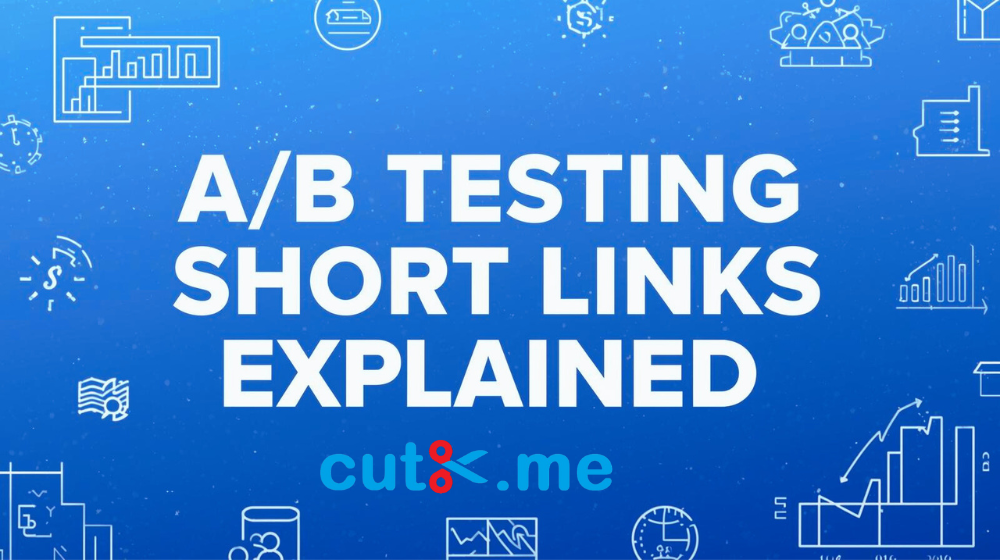
Introduction
The debate about short vs long URLs CTR has grown as digital marketers work to improve engagement across platforms. Click-through rate shapes how many users respond to a link. Small changes in link structure influence behavior. People react differently based on clarity, length, trust, and context. So brands want to know which type of URL gets more clicks.
This discussion matters because user attention online stays limited. A clear link can guide a person into action faster. A confusing one stops interest. When marketers test short vs long URLs CTR, they often see noticeable performance differences. Short links look clean, easy to share, and easy to remember. Long links display destination clarity, keywords, and branding. Both formats have strengths and weaknesses. Understanding these differences helps businesses make strategic choices.
Why CTR Matters in Digital Strategy
Click-through rate shows user interest. A higher CTR means users feel confident and motivated to click. This metric influences campaign success in ads, social posts, landing pages, and email marketing. When brands compare short vs long URLs CTR, they look for which link type increases engagement with less friction.
A strong CTR lowers acquisition cost. It also increases conversions because more visitors reach key pages. When marketers optimize CTR, they improve ROI. CTR also signals user trust. People click links that feel safe, direct, and relevant. Because of this, businesses test link presentation across multiple channels to find patterns.
Understanding Short URLs
Why Short Links Look Cleaner
Short URLs remove unnecessary characters and tracking elements. They appear minimal and professional. When users see a neat link, they scan faster and decide quicker. Many influencers and brands use short URLs because they match aesthetic designs and social media formats.
How Short URLs Impact CTR
Short links often show strong performance when space is limited. In platforms like Instagram, TikTok, and Twitter (X), fewer characters help keep messaging concise. Many real-world tests show higher engagement when marketers use short links. So in many cases, short vs long URLs CTR tests favor shorter versions in mobile-first environments.
Understanding Long URLs
When Full URLs Improve Trust
Long URLs display page relevance, content structure, and brand identity. For search engines, descriptive URLs help indexing. Users who pay attention to destination clarity sometimes prefer long links. They see real words and context inside the link.
How Long URLs Perform in CTR Tests
In educational, technical, and research-heavy content, long URLs sometimes win. Their clarity builds trust. People feel more confident clicking when they recognize a domain and understand where they will land. However, when long URLs appear cluttered or include tracking tokens, they lower CTR. So the performance depends on the environment.
Comparing Short vs Long URLs CTR Performance
What Research Shows
Most case studies show that shorter URLs perform better in campaigns that need speed, simplicity, and shareability. But long URLs perform better in trust-heavy niches. So the best choice depends on context.
CTR Comparison Scenarios
- Social Media Campaigns → Short URLs outperform due to readability.
- Email Newsletters → Short URLs show strong CTR when message is concise.
- Search Results → Long URLs can improve trust when keywords appear clearly.
- Influencer Posts → Short URLs support visual brand style.
- B2B Landing Pages → Long URLs may help transparency.
Because user behavior varies by platform, brands should run tests. The most accurate way to decide the short vs long URLs CTR difference for your audience is to conduct experimentation.
Case Study Example
A company ran A/B tests across social campaigns. One group received posts with long URLs including full UTM tracking. The second group received branded shortened URLs. The short version earned 27% higher CTR. On desktop search ads, however, long URLs outperformed by 14% because users trusted visible keywords. This showed that context shapes performance.
How to Test CTR Yourself
Simple Testing Steps
- Create two versions of the same campaign.
- Use one short URL and one long URL.
- Run them simultaneously on the same platform.
- Measure CTR, conversions, and retention.
Track outcomes and repeat across platforms. You will discover your unique CTR patterns.
Conclusion
The debate of short vs long URLs CTR has no single answer. Short URLs win in social and fast-moving environments. Long URLs win when trust and clarity matter. The best approach is testing, not assumptions. Businesses that experiment with link length gain better engagement insights and stronger marketing performance.
FAQs
Do short URLs affect SEO?
No, URL length itself does not hurt SEO. Structure and clarity matter more.
Do users trust long URLs more?
Sometimes. Trust depends on audience type and platform.
Should I always shorten links on social media?
Yes, in most cases. It improves readability.
Can I track analytics on both URL types?
Yes. Use tracking parameters or built-in analytics tools.
What is the best way to compare performance?
A/B testing shows real behavioral data and reveals your audience preference.
Where to Create and Track URLs Easily
You can create clean short links, branded slugs, and campaign tracking using CutX.me. It provides link analytics, QR code support, bio pages, and click insights. Try it to test the real difference between short and long URLs in your campaigns.




